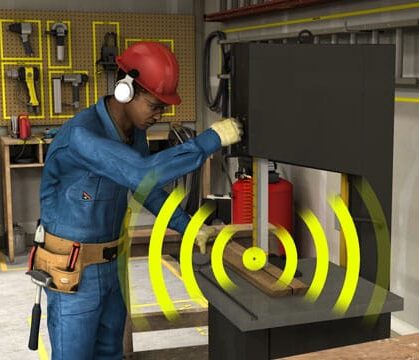Webinar Overview
A Job Safety Analysis, or JSA, helps you identify potential hazards that need to be eliminated or controlled before they result in a workplace injury, illness, or incident.
During this webinar, we’ll provide an overview of the steps to conduct a JSA, as well as tools and resources that are available to help organizations with assessing and mitigating job risks.
What we’ll discuss:
- What is a JSA?
- What types of jobs are suited for JSAs and best practices for conducting them
- How to set up and fill out JSA Forms
- What are risk assessments?
- How to set up a risk matrix
- Commonly tracked JSA metrics and reporting












